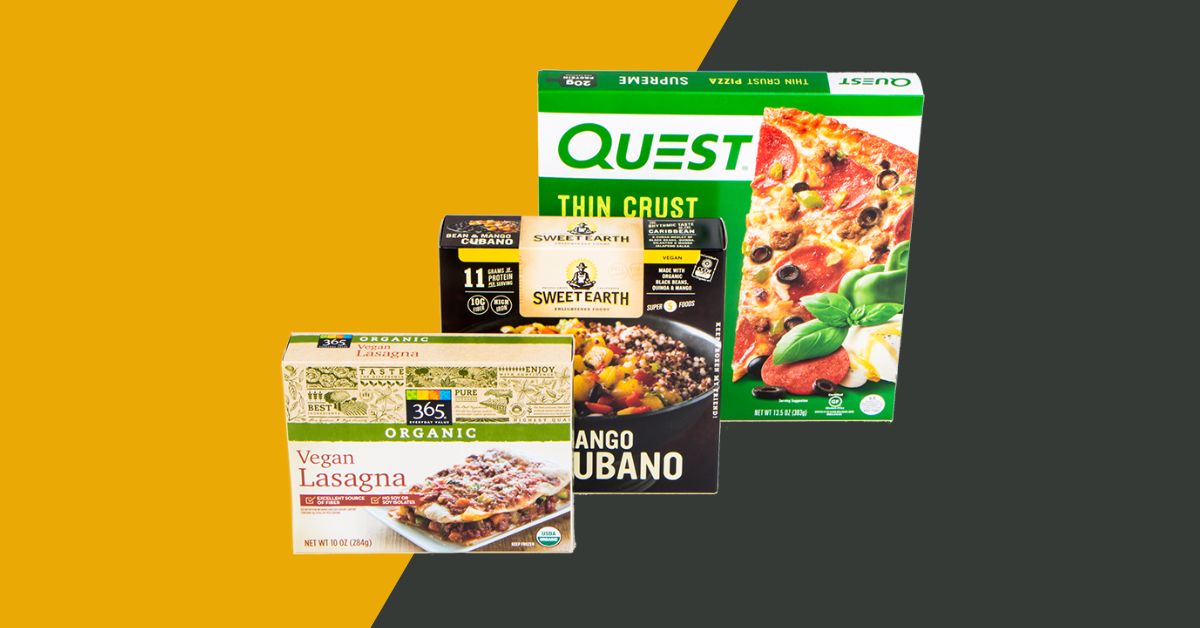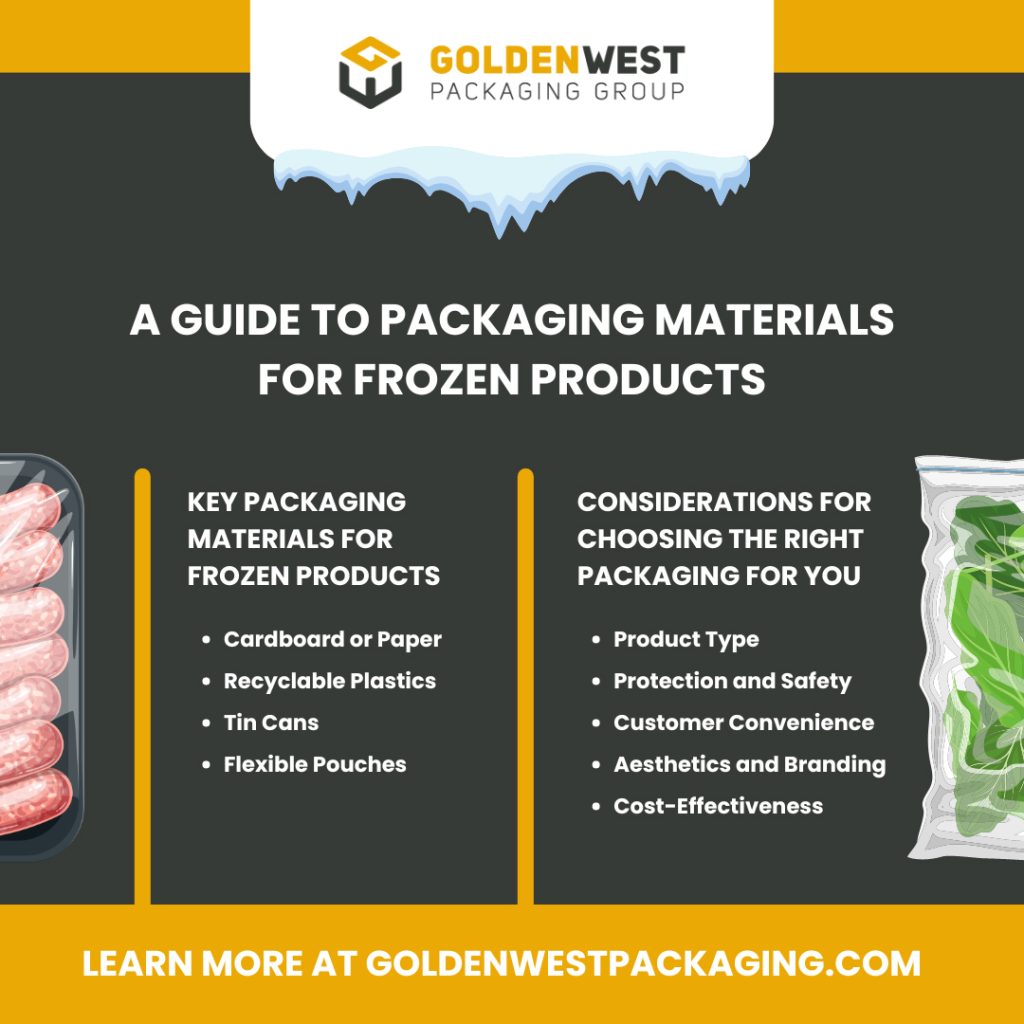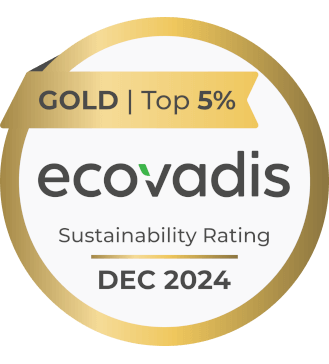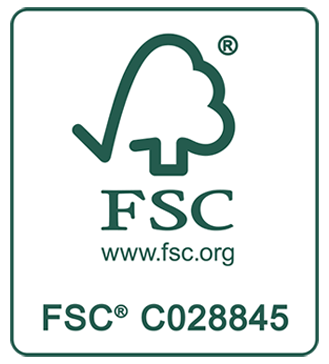
Not all food products can use the same type of packaging. This is especially prevalent when designing a package for frozen products. The material you use must withstand freezing temperatures and sometimes the extreme temperatures of an oven (like that frozen lasagna you just bought from the store).
When you work in this industry, knowing what packaging materials to choose and what factors to consider can safeguard your goods from the freezer to the consumer’s table. With Golden West Packaging’s complete guide to packaging materials for frozen products, you can make the best decision for your products and maintain their integrity. Learn more about this unique packaging application below.
Why Packaging Is Important for Frozen Products
Packaging plays a crucial role in maintaining the quality and safety of frozen products. Its primary function is to preserve the freshness and nutritional value of the food within, ensuring that customers receive products in their optimal state. Without appropriate packaging, frozen foods are susceptible to freezer burn, oxidation, and contamination, all of which can compromise quality and safety.
Additionally, packaging serves as a protective shield against external factors, such as moisture, air, and light. These elements can degrade the product over time, affecting taste, texture, and overall appeal. A well-packaged product safeguards the food and extends its shelf life, reducing waste and maximizing profitability.
Beyond functionality, packaging is a powerful marketing tool. It’s the first point of contact between the consumer and the product and can influence purchasing decisions. Eye-catching and informative packaging can communicate brand values, highlight unique selling points, and build trust with consumers.
Key Packaging Materials for Frozen Products
Cardboard or Paper
Cardboard and paper are popular choices for packaging frozen foods due to their versatility and eco-friendliness. These materials are often best used for secondary packaging, such as corrugated boxes, which provide structural support and protection during transportation. Corrugated box manufacturers play a vital role in creating durable and sustainable options that cater to various product weights and sizes.
These materials are also easy to print on, allowing brands to showcase vibrant graphics and vital product information. However, you may need to have them coated or laminated to withstand moisture and maintain integrity in freezing conditions.
Recyclable Plastics
Plastics have long been a staple in frozen food packaging due to their flexibility, durability, and barrier properties. Recyclable plastics, like PET and HDPE, are gaining traction for their eco-friendly attributes. These materials are effective at sealing in freshness and preventing freezer burn, ensuring the product remains in peak condition. Not to mention, thermoforming plastics may need to withstand higher temperatures when packaging products such as freezer meals.
Recyclable plastics are ideal for packaging items like frozen vegetables, fruits, and ready-to-eat meals. They are transparent, providing visibility that can entice consumers with vibrant colors and textures while also being easy to seal and store.
Tin Cans
Tin cans offer unmatched protection for frozen products due to their robustness and impermeability. While not as common as other materials, they are perfect for products that require a UV barrier, such as certain fruits and juices. Their airtight seal preserves the contents without any risk of contamination.
Though tin cans are heavier and less flexible than other packaging options, they are fully recyclable and can be a sustainable choice when processed correctly. Brands that choose tin cans often emphasize their commitment to quality and longevity.
Flexible Pouches
Flexible pouches are a modern and innovative way to package frozen foods, offering convenience and versatility. Made from layers of different materials, they provide excellent barrier properties to protect the product from air, moisture, and light. These pouches are lightweight, reducing transportation costs and environmental impact.
Flexible pouches are particularly popular for portion-controlled products and items like frozen seafood or snacks. Their resealable features add convenience for customers, allowing them to store leftovers easily and minimizing waste.
Considerations for Choosing the Right Packaging for You
Resistance to Temperature Changes
The ability of packaging to withstand extreme temperatures is paramount for frozen products. Material must remain stable and maintain integrity during freezing, storage, and thawing, ensuring food safety and quality. Evaluate each material’s thermal tolerance based on the specific product needs and storage conditions.
Product Type
Different types of frozen products have unique packaging requirements. For example, packaging for liquids needs to prevent leaks and resist expansion, while solid foods may prioritize shape retention. Understanding these distinctions can guide you to the most suitable materials for your product range.
Protection and Safety
Ensuring the safety of your frozen goods involves selecting materials that provide a robust barrier against contaminants. This includes protection from physical damage during transit and storage, as well as safeguarding against microbial or chemical exposure.
Customer Convenience
Convenience is a critical factor in consumer purchasing decisions. Packaging designs that offer ease of use, like easy-open features or resealable options, can enhance the customer experience and boost brand loyalty.
Aesthetics and Branding
Your packaging is a canvas to communicate your brand story and values. It should align with your brand aesthetics, using colors, graphics, and typography that resonate with your target audience. Well-designed packaging can differentiate your products in a crowded market.
Cost-Effectiveness
Cost-effectiveness in packaging frozen products is crucial as it affects profit margins. Choosing materials and designs that fit your budget while meeting quality and safety standards ensures long-term business sustainability. Balancing cost with performance enhances market competitiveness, enabling better pricing strategies and less waste.
Environmental Impacts of Packaging Choices and Why It Matters
Choosing the right packaging materials goes beyond functionality and aesthetics; it has significant environmental implications. The production, use, and disposal of packaging materials contribute to carbon emissions and waste, affecting ecosystems and communities.
Brands can make a positive impact by choosing sustainable materials and processes. This includes selecting recycled or renewable resources, minimizing packaging size, and ensuring products are easily recyclable. Committing to sustainability benefits the planet and meets consumer demand for responsible business practices.
By understanding the environmental impacts of packaging, brands can implement changes that align with both business goals and ethical standards. This helps in preserving natural resources and secures a competitive advantage in the market.
Navigating the complexities of packaging for frozen products requires thoughtful consideration of materials, consumer needs, and environmental impact. By using this guide to packaging materials for frozen products, food manufacturers can make informed decisions that enhance product quality, customer satisfaction, and brand reputation.
Remember, it’s not just about preserving food—it’s about nurturing a sustainable connection with your consumers and the world. If you’re looking for a reliable packaging partner that embodies the factors you’re looking for, don’t hesitate to reach out to Golden West Packaging!




